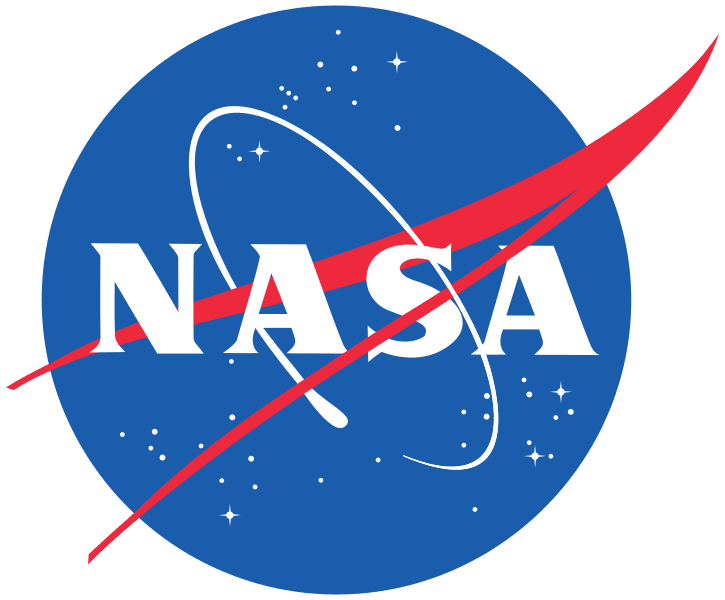For decades, airtight plastic containers have been synonymous with keeping baked goods and leftovers fresh. Now a manufacturer of iconic, household plasticware is helping provide fresh food in space.
As the agency plans for future missions to deep space destinations, the nutritional boost of fresh food and the psychological benefits of growing plants becomes more and more paramount. Since 2015, NASA astronauts have supplemented their space diet with fresh greens grown in the Vegetable Production System known as Veggie on the International Space Station.
One of the challenges with growing plants in space in Veggie has been keeping them properly watered. The Tupperware Brands Corporation has lent its design expertise to help develop a new approach to watering plants in space.
With the Veggie system, astronauts have to push water into each plant pillow with a syringe. In previous crops grown in the Veggie system using pillows, some plants fared better than others because not all the plants received equal amounts of water and oxygen.
“The primary goal of this newly developed plant growing system, the Passive Orbital Nutrient Delivery System, or PONDS, is to achieve uniform plant growth,” said Nicole Dufour, Veggie project manager at NASA’s Kennedy Space Center in Florida.
NASA research scientist Howard Levine initially designed and prototyped PONDS but in early 2017 handed it off to Techshot, a private spaceflight services firm, to further develop and certify the demonstration unit for use on the orbiting laboratory. In turn, Techshot reached out to Tupperware to help create the new system that would provide an alternative to the plant pillows.
“PONDS units have features that are designed to mitigate microgravity effects on water distribution, increase oxygen availability and provide sufficient room for root zone growth,” Dufour explained.
The new PONDS system requires less crew maintenance and uses absorbent mats that leverage the basic principles of surface tension and capillary action to wick water to seeds and roots through a reservoir system. This approach passively disperses water evenly through each plant cylinder contained within the PONDS’ reservoirs, facilitating consistent seed germination and seedling development into mature plants.
“It’s been great working closely with the talented teams of engineers, designers and scientists at NASA and Tupperware on the project,” said Dave Reed, Techshot’s PONDS project manager and the company’s director of launch operations. “Tupperware brings a wealth of innovative design and knowledge of plastics to this project.”
The upcoming SpaceX CRS-14 commercial resupply mission will include seven PONDS modules plus an adapter plate so the modules can be installed in the Veggie system. Included are four black opaque modules that will grow Outredgeous red romaine lettuce — the same lettuce that has been grown previously in the Veggie facility — for about a month. Two shrouded modules each include a clear window and removable cover that allow astronauts to directly observe root growth of the same romaine lettuce plus assess water distribution in the hydroponic reservoir. One clear module will be used to perform testing and videography to characterize the microgravity hydrodynamics of the reservoir.
Six more PONDS modules are slated to launch on an Orbital ATK commercial resupply mission later this year and will be seeded with Mizuna mustard. Both the lettuce and the mustard have already been grown in plant pillows as a part of previous Veggie experiments, so the plant pillow and PONDS growth data will be compared against one another.
Kennedy is leading the way with more plant research opportunities than ever on the station, with two Veggie units, the Advanced Plant Habitat that just finished its first growth test, new BRIC-LED lighting that now provides illumination to drive photosynthesis, and testing genetic expression of organisms in space with the upcoming Spectrum experiment later this year.





